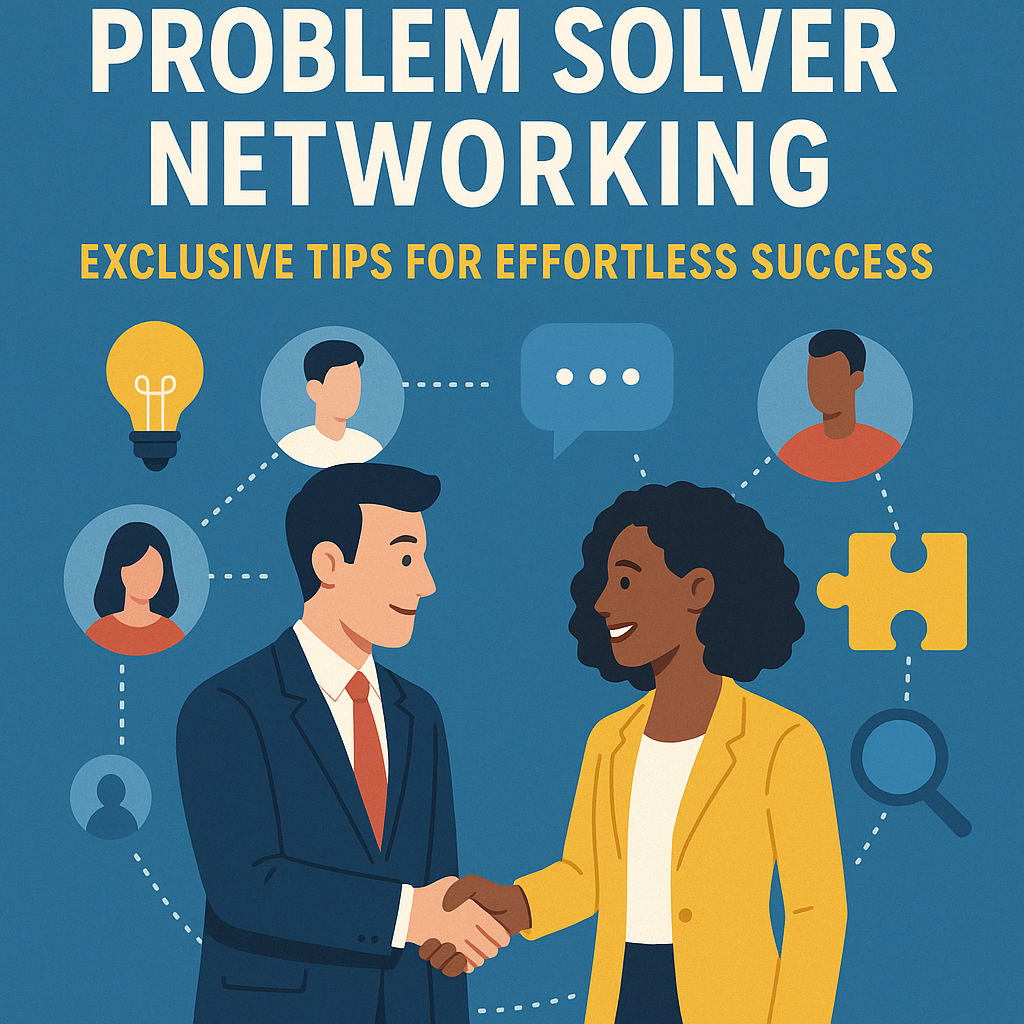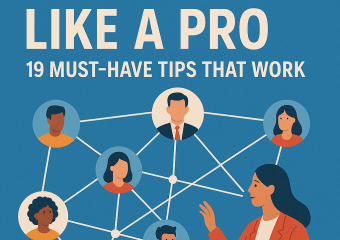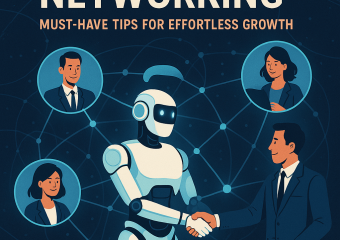Problem Solver Networking: Exclusive Tips for Effortless Success
When you network think of yourself as a problem solver. This mindset shift can transform the way you approach connections, conversations, and opportunities. Rather than just focusing on what you want or how others can help you, viewing networking as an exchange of solutions creates genuine value for everyone involved. It paves the way for stronger relationships and opens doors to meaningful collaborations.
Why Being a Problem Solver Changes Your Networking Game
Most people view networking as a one-sided activity where they aim to gain something—whether it’s a job, advice, or contacts. However, when you adopt the perspective that you have something useful to offer, the interaction becomes much more authentic. When you network think of yourself as a problem solver, you immediately position yourself as someone who adds value.
People naturally gravitate toward individuals who help them overcome challenges. If you can listen attentively and identify a problem they face, you gain an opportunity to present your skills, knowledge, or resources as solutions. This concretely demonstrates your value and leaves a positive impression. Over time, these meaningful connections often lead to referrals, collaborations, or even friendships built on mutual support.
How to Identify Problems When Networking
Being a problem solver means actively listening and paying attention to what people are really saying. Often, problems aren’t explicitly stated—they’re embedded in stories, frustrations, or subtle hints. To uncover these:
- Ask open-ended questions. Instead of generic small talk, ask questions about challenges they are facing in their business or work. For example: “What’s a recent hurdle you’ve encountered in your role?”
- Observe body language and tone. Hesitation or negative emotions might signal discomfort with a certain situation.
- Listen for recurring themes. Problems often come up repeatedly, either in casual conversations or industry discussions.
Once you identify a problem, think about how your expertise, experience, or resources can help alleviate it. If you don’t have an immediate solution, you can always refer them to someone in your network who does. The goal is to become a connector who solves problems in some way.
Examples of Problem Solving in Networking Conversations
Imagine you are attending a conference and meet a startup founder who mentions difficulties scaling their customer service team. Instead of simply exchanging cards, you might reply, “I’ve worked with several companies that faced similar challenges. I can share some strategies or introduce you to a few contacts who specialize in customer experience.” This approach demonstrates insight and positions you as a valuable resource.
In another scenario, if you’re a freelancer and someone shares their struggles with marketing, you could offer tips, suggest tools, or even propose a collaborative project where you assist them with content creation. Showing genuine interest and a willingness to help builds trust and encourages reciprocal support.
How to Communicate Your Solutions Effectively
When offering solutions, it’s important to be genuine and relevant. Don’t force advice or come across as overly salesy. Instead:
- Tailor your responses. Make sure your solutions address the specific problem they’ve shared.
- Share stories or case studies. Real-life examples make your advice credible and easier to understand.
- Listen more than you speak. Confirm you fully grasp the problem before jumping to solutions.
- Be concise and clear. Offer practical, actionable insights without overwhelming details.
This balanced communication makes your interactions memorable and impactful, increasing the chances people will think of you when additional problems arise.
Building Long-Term Relationships as a Problem Solver
Networking isn’t just about one-off interactions—it’s about cultivating long-term relationships. When you consistently position yourself as someone who solves problems, people start to see you as a trusted partner. That trust enables deeper collaboration and opens doors that aren’t accessible to casual acquaintances.
To build these lasting bonds:
- Follow up after meetings with helpful resources or personalized messages.
- Check in periodically to see if new challenges have emerged.
- Share valuable content, introductions, or invitations that align with their interests or needs.
- Celebrate their successes and offer support during difficult times.
Over time, these gestures reinforce your role as a problem solver—a person who proactively contributes to others’ success.
Conclusion
When you network think of yourself as a problem solver, you transform a common social activity into a powerful way to create value and foster meaningful connections. By actively listening, identifying challenges, and offering well-suited solutions, you build trust and credibility. This approach not only enhances your professional reputation but also cultivates relationships that bring mutual benefits for years to come.
Next time you attend a networking event or reach out to a new contact, remember: everyone has problems. Your ability to provide solutions is your greatest asset. Use it wisely, and watch your network—and opportunities—flourish.
To get the Digital Courses by Michael A Forman click here.
Digital Courses







